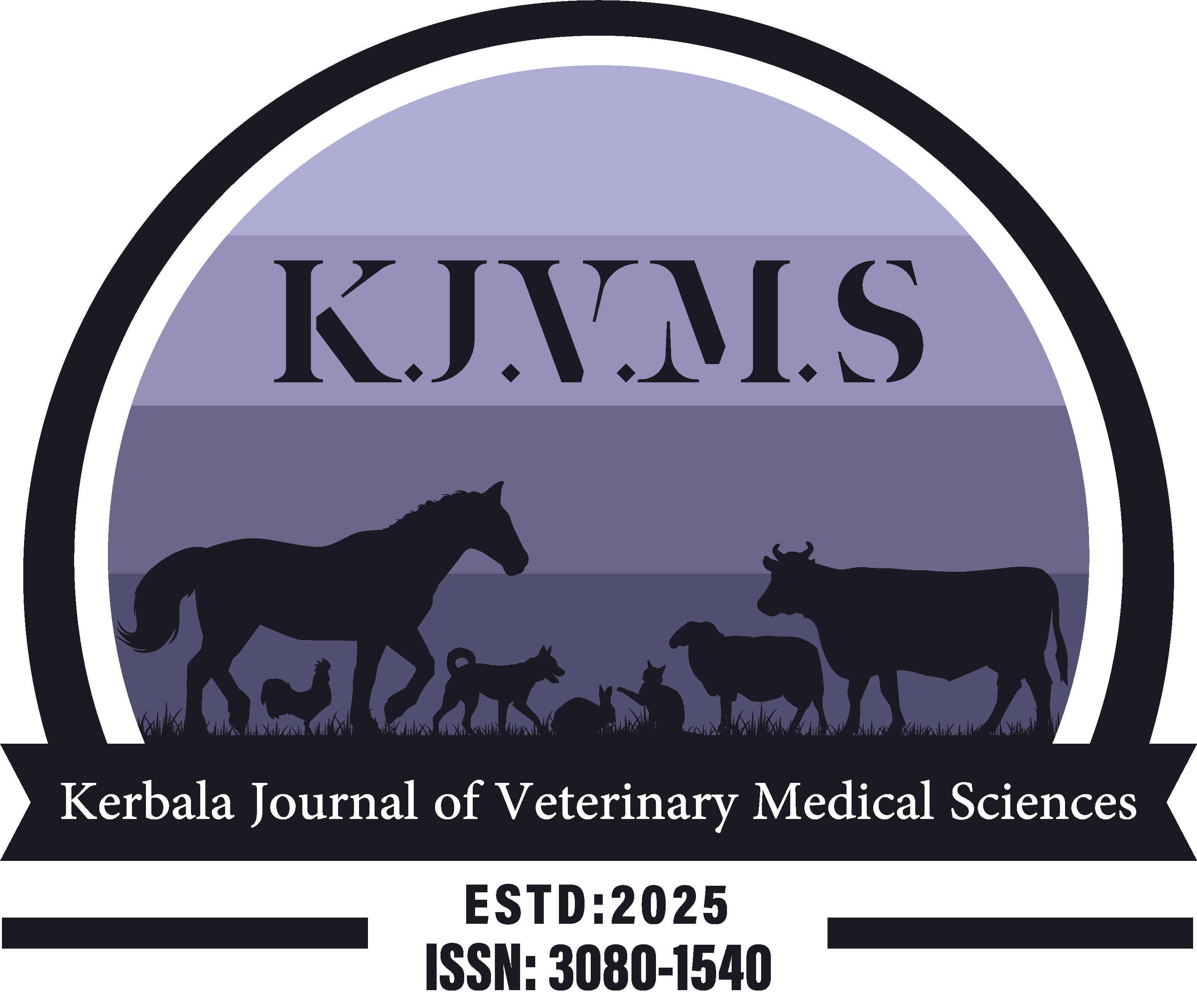Abstract
Biofilms are collections of microorganisms in a matrix of extracellular polymeric material made up of polysaccharides, proteins, lipids, as well as nucleic acids. Many bacteria may transition among planktonic and biofilm forms. Planktonic bacteria have reproduction rates and relatively fast cell growth, which reduces their chances of survival but they are capable of adapting to different environments. The biofilm formation state appears to be a natural besides prevalent condition of microorganisms.
The biofilm formation important because it increases bacterial tolerance to hostile environmental conditions lets microorganisms avoid being washed away by merely attaching to a surface or tissue, and most likely, by limiting their diffusion, the extracellular polymeric matrix protects bacterial cells in deeper layers against antimicrobial agents. Primary contact/attachment to the surface, micro-colony development, maturity and construction of the biofilm architecture, and ultimately detachment and dispersion define the phases in biofilm formation.
Once a biofilm is established, bacterial mobility decreases while cell density increases. Bacteria communicate within the biofilm through quorum sensing (QS), a signaling mechanism that regulates biofilm formation and the production of virulence factors. QS relies on the secretion and detection of autoinducers, which facilitate intercellular communication. In Gram-negative bacteria, the major QS signaling molecules include acyl-homoserine lactones (AHLs), autoinducing peptides (AIPs) in the Gram-positive bacteria and autoinducer-2 (AI-2), which is produced by both types of bacteria.This review aims to highlight the regulatory role of QS in biofilm formation and its impact on pathogenicity and antibiotic resistance .
The biofilm formation important because it increases bacterial tolerance to hostile environmental conditions lets microorganisms avoid being washed away by merely attaching to a surface or tissue, and most likely, by limiting their diffusion, the extracellular polymeric matrix protects bacterial cells in deeper layers against antimicrobial agents. Primary contact/attachment to the surface, micro-colony development, maturity and construction of the biofilm architecture, and ultimately detachment and dispersion define the phases in biofilm formation.
Once a biofilm is established, bacterial mobility decreases while cell density increases. Bacteria communicate within the biofilm through quorum sensing (QS), a signaling mechanism that regulates biofilm formation and the production of virulence factors. QS relies on the secretion and detection of autoinducers, which facilitate intercellular communication. In Gram-negative bacteria, the major QS signaling molecules include acyl-homoserine lactones (AHLs), autoinducing peptides (AIPs) in the Gram-positive bacteria and autoinducer-2 (AI-2), which is produced by both types of bacteria.This review aims to highlight the regulatory role of QS in biofilm formation and its impact on pathogenicity and antibiotic resistance .
Keywords
Antibiotic resistance
Biofilm
QS
Abstract
الخلاصة:
الأغشية الحيوية هي عباره عن تجمعات من البكتيريا في مصفوفه من ماده بوليمرية خارج خلوية تتكون من السكريات والبروتينات والدهون والاحماض النووية. قد تنتقل العديد من البكتيريا بين شكل الهائمات والأغشية الحيوية. تتمتع البكتيريا بشكلها الهائم بمعدلات نمو وتكاثر سريعة نسبيًا للخلايا مما يقلل من فرصها في البقاء على قيد الحياة ولكن يمكنها التكييف مع بيئات مختلفة ويبدو أن الأغشية الحيوية هي حاله طبيعية منتشرة بين البكتيريا.
يعد تشكيل الاغشية الحيوية ضروري لأنه يزيد من قدره البكتيريا على تحمل الظروف البيئية القاسية مما يسمح للبكتيريا بتجنب انجرافها عن طريق مجرى الدم بمجرد التصاقها بسطح او نسيج ما. كما أن المصفوفة من عديد السكاريد الخارجي تحمي خلايا البكتيريا في الطبقات العميقة من العوامل المضادة للميكروبات. على الأرجح عن طريق الحد من انتشارها وتتمثل مراحل تكوين الغشاء الحيوي بالالتصاق الاولي بالسطح وتكوين المستعمرات دقيقه ونضج وتكوين بنيه الغشاء الحيوي واخيرًا انفصال/ تشتت البكتيريا.
وبمجرد انتاجه يقلل الغشاء الحيوي من حركه البكتيريا مع زيادة كثافه الخلايا تعد المحفزات الذاتية في البيئة ضرورية لتواصل البكتيريا مع بعضها البعض ويشير استشعار النصاب الى هذا التواصل بين الخلايا البكتيرية الذي ينظم انشطه معينه بما في ذلك تكوين الأغشية الحيوية وانتاج عوامل الضراوة. تتكون إشارات استشعار النصاب البكتيري في الغالب من لاكتونات الأسيل-هوموسرين (التي تنتجها البكتيريا السالبة لصبغة كرام)، والببتيدات المحفزة ذاتيًا (التي تنتجها البكتيريا الموجبة لصبغة كرام)، والمحفز الذاتي-2 (الذي تنتجه كل من السالبة والموجبة لصبغة كرام).
الأغشية الحيوية هي عباره عن تجمعات من البكتيريا في مصفوفه من ماده بوليمرية خارج خلوية تتكون من السكريات والبروتينات والدهون والاحماض النووية. قد تنتقل العديد من البكتيريا بين شكل الهائمات والأغشية الحيوية. تتمتع البكتيريا بشكلها الهائم بمعدلات نمو وتكاثر سريعة نسبيًا للخلايا مما يقلل من فرصها في البقاء على قيد الحياة ولكن يمكنها التكييف مع بيئات مختلفة ويبدو أن الأغشية الحيوية هي حاله طبيعية منتشرة بين البكتيريا.
يعد تشكيل الاغشية الحيوية ضروري لأنه يزيد من قدره البكتيريا على تحمل الظروف البيئية القاسية مما يسمح للبكتيريا بتجنب انجرافها عن طريق مجرى الدم بمجرد التصاقها بسطح او نسيج ما. كما أن المصفوفة من عديد السكاريد الخارجي تحمي خلايا البكتيريا في الطبقات العميقة من العوامل المضادة للميكروبات. على الأرجح عن طريق الحد من انتشارها وتتمثل مراحل تكوين الغشاء الحيوي بالالتصاق الاولي بالسطح وتكوين المستعمرات دقيقه ونضج وتكوين بنيه الغشاء الحيوي واخيرًا انفصال/ تشتت البكتيريا.
وبمجرد انتاجه يقلل الغشاء الحيوي من حركه البكتيريا مع زيادة كثافه الخلايا تعد المحفزات الذاتية في البيئة ضرورية لتواصل البكتيريا مع بعضها البعض ويشير استشعار النصاب الى هذا التواصل بين الخلايا البكتيرية الذي ينظم انشطه معينه بما في ذلك تكوين الأغشية الحيوية وانتاج عوامل الضراوة. تتكون إشارات استشعار النصاب البكتيري في الغالب من لاكتونات الأسيل-هوموسرين (التي تنتجها البكتيريا السالبة لصبغة كرام)، والببتيدات المحفزة ذاتيًا (التي تنتجها البكتيريا الموجبة لصبغة كرام)، والمحفز الذاتي-2 (الذي تنتجه كل من السالبة والموجبة لصبغة كرام).
Keywords
استشعار النصاب والاغشية الحيوية ومقاومة المضادات الحيوية
